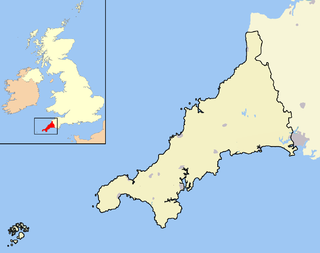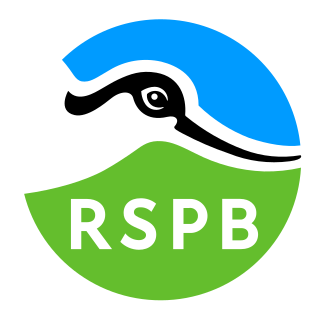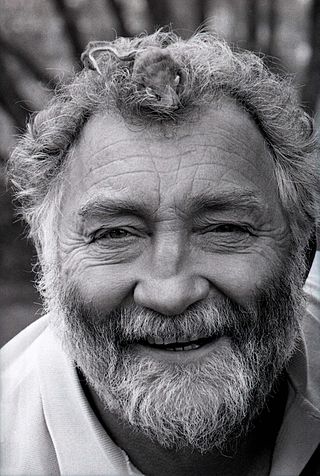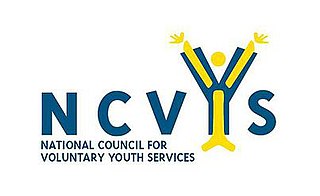
The Cornwall Wildlife Trust is a charitable organisation founded in 1962 that is concerned solely with Cornwall, England, United Kingdom.

The Royal Society for the Protection of Birds (RSPB) is a charitable organisation registered in England and Wales and in Scotland. It was founded in 1889. It works to promote conservation and protection of birds and the wider environment through public awareness campaigns, petitions and through the operation of nature reserves throughout the United Kingdom.

This page gives an overview of the complex structure of environmental and cultural conservation in the United Kingdom.

The Wildfowl & Wetlands Trust (WWT) is an international wildfowl and wetland conservation charity in the United Kingdom.

Ouse Washes is a linear 2,513.6-hectare (6,211-acre) biological Site of Special Scientific Interest stretching from near St Ives in Cambridgeshire to Downham Market in Norfolk. It is also a Ramsar internationally important wetland site, a Special Protection Area for birds, a Special Area of Conservation and a Nature Conservation Review site, Grade I. An area of 186 hectares between March and Ely is managed by the Wildlife Trust for Bedfordshire, Cambridgeshire and Northamptonshire and another area near Chatteris is managed by the Royal Society for the Protection of Birds. The Wildfowl & Wetlands Trust manages another area near Welney.

David James Bellamy was an English botanist, television presenter, author and environmental campaigner.

The Wildlife Trust for Birmingham and the Black Country is a wildlife trust covering Birmingham and the Black Country in the West Midlands of England. It covers five of the seven districts of the West Midlands county: Birmingham, Dudley, Sandwell, Walsall and Wolverhampton.

Wiltshire Wildlife Trust is a conservation charity based in Devizes, England which owns and manages 40 nature reserves in Wiltshire and Swindon. It also works to encourage Wiltshire's communities to live sustainable lifestyles that protect the environment.
The Gloucestershire Wildlife Trust is the Gloucestershire local partner in a conservation network of 46 Wildlife Trusts. The Wildlife Trusts are local charities with the specific aim of protecting the United Kingdom's natural heritage. The Gloucestershire Wildlife Trust is managed by a board of trustees elected from its membership who provide overall direction for the development of the trust and there are advisory committees. The work of the trust is carried out through staff and volunteers.

The North Wales Wildlife Trust (NWWT) is the Wildlife Trust for North Wales. Established in 1962, it covers the vice counties of Anglesey, Caernarfonshire, Merionethshire, Denbighshire and Flintshire with over 4,500 members. It is a registered charity and a member of the Wildlife Trusts Partnership with the head office being located in Bangor and its eastern office located at Aberduna nature reserve, Flintshire.

The Yorkshire Wildlife Trust is a charitable non-governmental organisation, one of the UK's 46 county-based Wildlife Trusts. Its focus is nature conservation and it works to achieve a nature-rich Yorkshire with healthy and resilient ecosystems that support both Yorkshire's wildlife and its people.

Wildlife management is the management process influencing interactions among and between wildlife, its habitats and people to achieve predefined impacts. It attempts to balance the needs of wildlife with the needs of people using the best available science. Wildlife management can include wildlife conservation, gamekeeping and pest control. Wildlife management draws on disciplines such as mathematics, chemistry, biology, ecology, climatology and geography to gain the best results.

The Wildlife Trust of South and West Wales (WTSWW) is a Wildlife Trust in south and west Wales, one of 46 such Trusts in the United Kingdom.

Butterfly Conservation (BC) is a UK-wide nonprofit environmentalist organization and charity dedicated to conserving butterflies, moths, and the environment. The charity uses its research to provide advice on how to conserve and restore butterfly and moth habitats and it runs projects to protect more than 100 threatened species of Lepidoptera. Butterfly Conservation is also involved in conserving hundreds of sites and reserves for butterflies and moths throughout the UK.
Ulster Wildlife is a wildlife trust and a registered charity covering Northern Ireland. It was formed in 1978. Ulster Wildlife is one of 46 trusts working primarily by county or region to make the UK a better place for people and wildlife. The Wildlife Trusts collectively have over 800,000 members, and are the largest UK voluntary organisation dedicated to conserving the full range of the UK's habitats and species, whether they be in the countryside, in cities or at sea. In total they manage over 2,300 nature reserves that cover more than 91,000 hectares across the whole of the UK, the Isle of Man and Alderney..

The Alderney Wildlife Trust is a trust based in Alderney, Channel Islands.

The National Council for Voluntary Youth Services (NCVYS) was a membership network of over 200 voluntary and community organisations, as well as local and regional networks, that work with and for young people across England. The organisation closed in 2016. For 80 years, NCVYS acted as an independent voice of the voluntary and community youth sector, working to inform and influence public policy, supporting members to improve the quality of their work, and also raising the profile of the voluntary and community sector's work with young people.

The North Norfolk Coast Site of Special Scientific Interest (SSSI) is an internationally important protected area in Norfolk, England. The SSSI is a long, narrow strip of coastal land that starts between Old Hunstanton and Holme-next-the-Sea, and runs east for about 43 km (27 mi) to Kelling. The southern boundary runs roughly west to east except where it detours around towns and villages, and never crosses the A149 coast road. It has an area of 7,700 ha (19,027 acres), and is additionally protected through Natura 2000, Special Protection Area (SPA) and Ramsar listings; it is also part of the Norfolk Coast Area of Outstanding Natural Beauty (AONB). Scolt Head Island and the coast from the Holkham National Nature Reserve to Salthouse are a Biosphere Reserve.
Wildlife law in England and Wales is the law relating to the protection of wildlife in England and Wales. Much of existing UK law dates from pre-Victorian times. Wildlife was viewed as a resource to be used; phrases such as "game" or "sporting rights" appear. Public opinion is now much more in favour of protection of birds and mammals rather than the landowners’ interests.
Arthur Edward Smith CBE was a British conservation pioneer and English teacher from Lincolnshire. He was primarily known for his work in founding the Lincolnshire Wildlife Trust, and in extending the Wildlife Trust movement across Britain to form what is now the Wildlife Trusts.



















